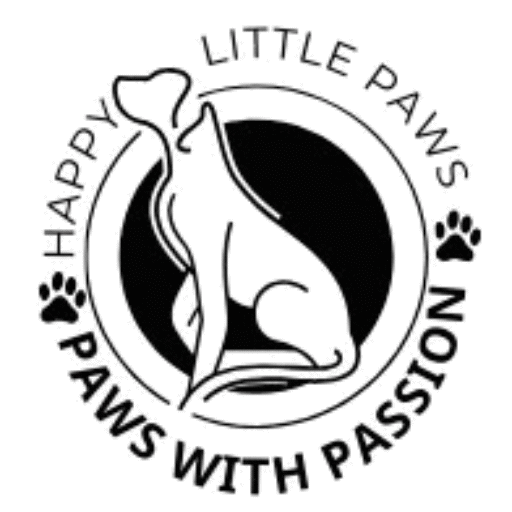Have you ever seen a horse that looks like it was sprinkled with powdered sugar? That shimmering, dusted coat? That’s the magic of a roan—and when combined with the elegance of an Arabian, it’s a showstopper.
So, what exactly is a Roan Arabian? And why is there so much buzz around them, especially the red roan variation?
Let’s explore.
Understanding Arabian Horses
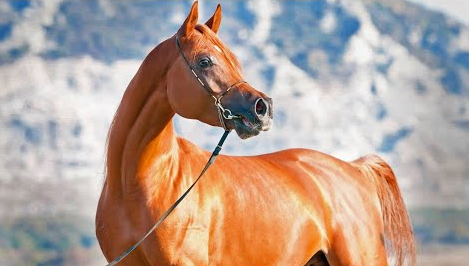
A Glimpse into Arabian Horse History
Arabian horses are among the oldest horse breeds in the world, originating from the deserts of the Middle East over 4,500 years ago. Revered for their beauty, endurance, and intelligence, Arabians were bred by Bedouins and are often considered the foundation of many modern horse breeds.
Characteristics of the Arabian Breed
Arabians are easily recognizable due to their:
- Dished faces
- High tail carriage
- Compact bodies
- Strong stamina
But what makes Arabians even more captivating is their wide variety of coat colors—even though traditionalists typically recognize only a few.
What is a Roan Horse?
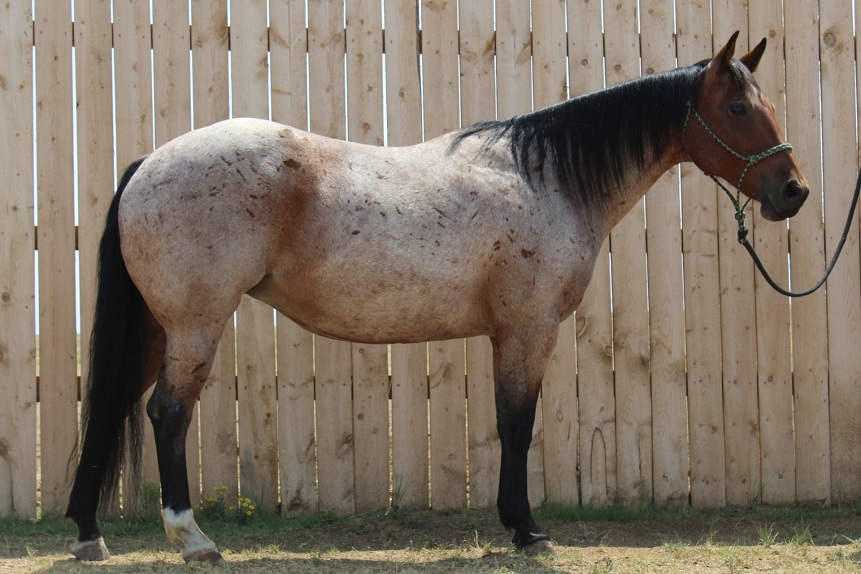
Roan Color Explained
A “roan” is a horse with an even mixture of white and colored hairs across its body, while the head, mane, tail, and lower legs remain darker.
Types of roan include:
- Red Roan (chestnut base)
- Blue Roan (black base)
- Bay Roan (bay base)
The result? A mesmerizing, soft color blend that can look different depending on lighting and season.
Genetic Basis of Roaning
Roan is caused by the dominant roan gene (Rn). A horse needs just one copy of this gene to exhibit the roan pattern. However, this gene is not naturally present in pure Arabian bloodlines—or so we thought.
The Rarity of Roan in Arabian Horses
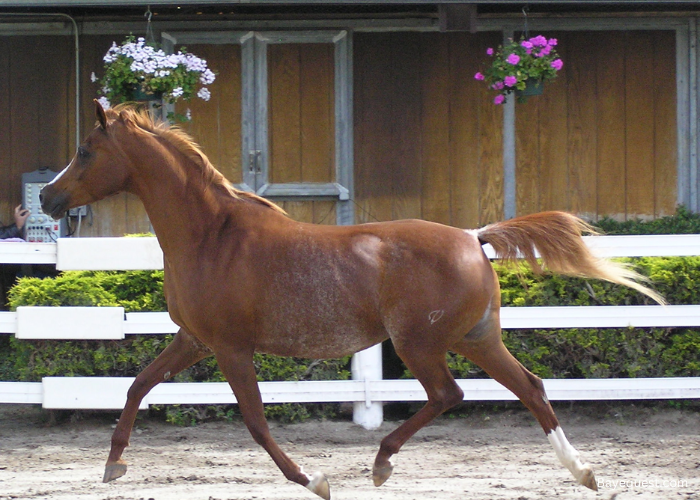
Is Roaning Naturally Found in Pure Arabians?
Here’s the catch: The roan gene is not officially recognized in purebred Arabians. According to most registries, including the Arabian Horse Association (AHA), roaning is absent from the original gene pool.
So how do roan Arabians exist?
Why Roan Arabians Are Controversial
Most roan Arabians are actually part-Arabians. They may have Quarter Horse or Mustang lineage somewhere in their ancestry. This opens up debates on:
- Purity of the breed
- Registry eligibility
- Genetic testing accuracy
Red Roan Arabian Horse
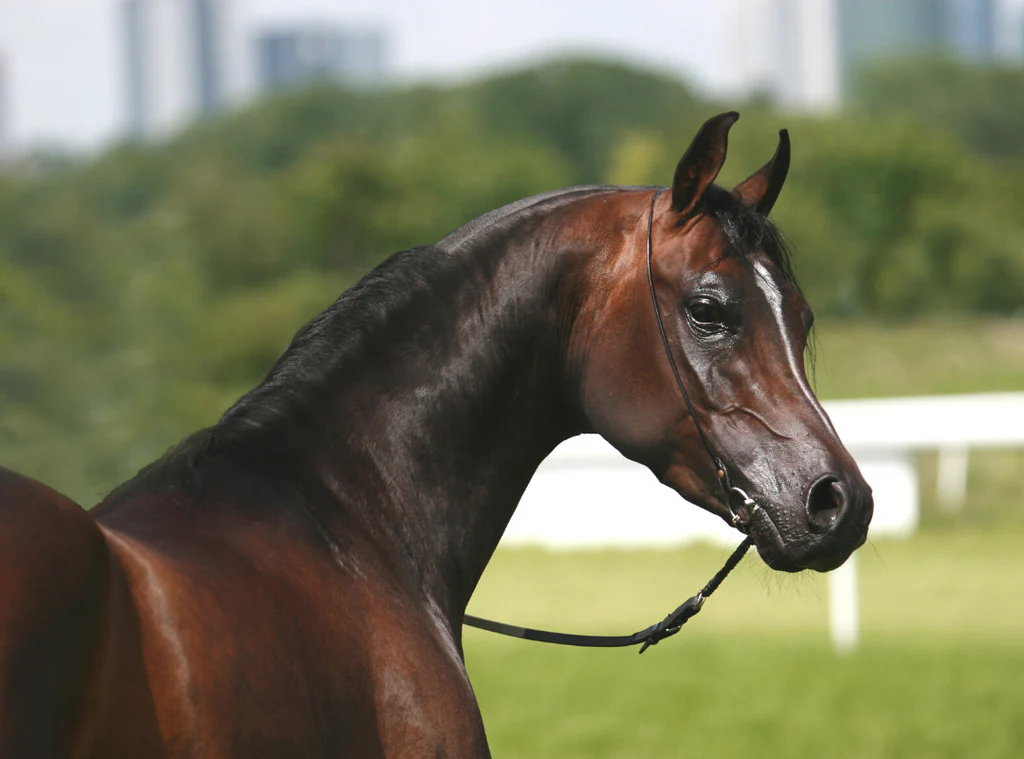
Identifying the Red Roan Color
Red roan Arabians have a chestnut base with white hairs evenly distributed throughout the body, giving them a pinkish or rose-like glow.
They’re often mistaken for strawberry roans, but true red roans have a more consistent white mix and darker heads.
Traits and Appeal of Red Roan Arabians
Red roans:
- Are stunning in appearance
- Have excellent photo and show ring presence
- Tend to draw attention due to their rarity
Owners often say these horses “glow” in sunlight—and we don’t disagree!
Arabian Horse Roan vs Other Breeds
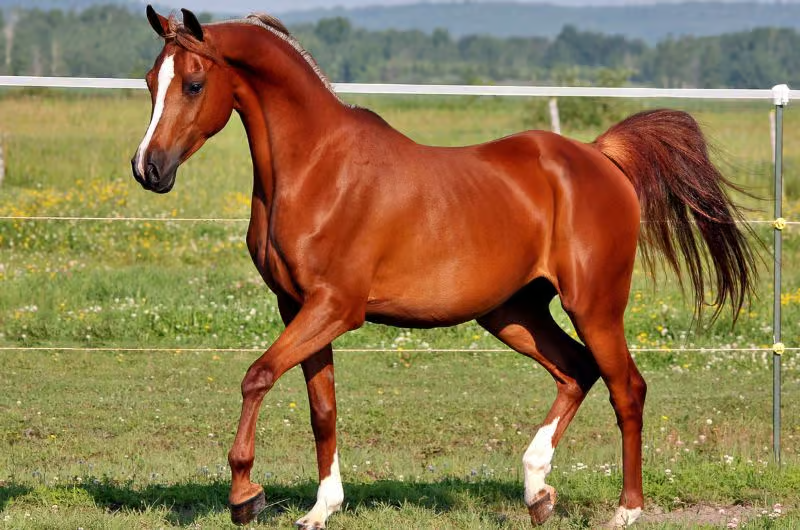
Comparison with Roans in Quarter Horses and Mustangs
Unlike Arabians, Quarter Horses and Mustangs naturally carry the roan gene. Their patterns are:
- More consistent
- Genetically confirmed
- Officially recognized by breed registries
Visual Differences Across Breeds
Roan Arabians may appear similar, but experts often detect subtle differences:
- Distribution of white hairs
- Head and leg coloring
- Seasonal coat changes
Roan Arabian Horse Registry
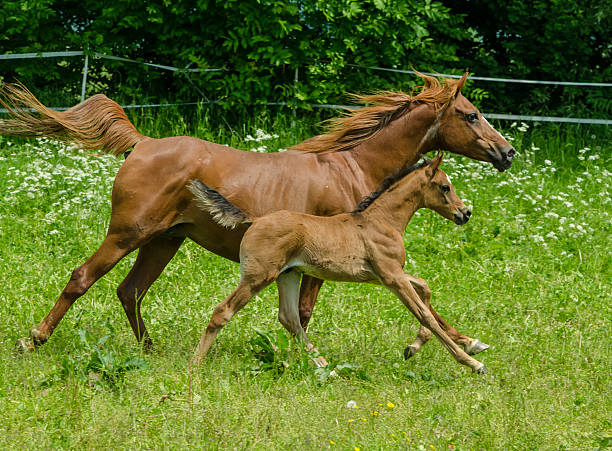
Are Roan Arabians Recognized by Registries?
If a horse is a true purebred Arabian, it likely won’t be registered as a roan. Instead, it may be labeled as:
- Chestnut
- Bay with ticking
- Sabino or Rabicano (other patterns with white)
Mixed Bloodlines and Roaning
Roaning can appear in part-Arabians, especially if crossed with roan-carrying breeds. These crosses can still produce beautiful horses with Arabian traits and roan color.
Famous Roan Arabians
Known Roan Arabian Horses in the Spotlight
While rare, some roan Arabians have made headlines in:
- Horse shows
- Parades
- Photo shoots
- Social media platforms like Instagram and TikTok
Their Influence on the Breed
These horses bring visibility and stir interest in genetic diversity and color expansion, even if they’re not “pure” in the strictest sense.
Breeding Roan Arabian Horses
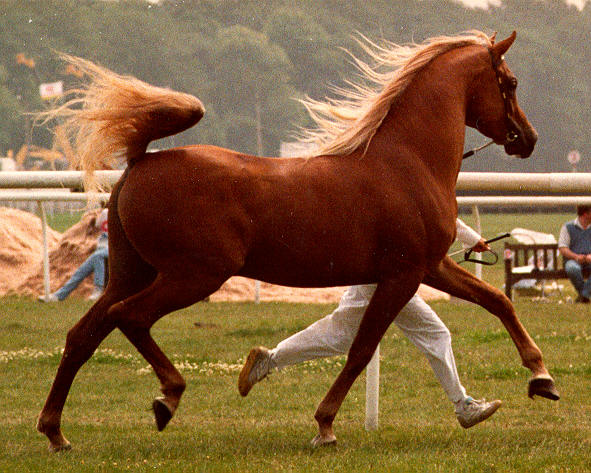
Challenges and Ethics
Breeding roan Arabians often involves:
- Genetic testing
- Crossbreeding with known roan breeds
- Navigating registry challenges
Ethical breeders always disclose the horse’s lineage and avoid mislabeling for profit.
Breeder Perspectives and Considerations
Some breeders embrace roan Arabians for their beauty and marketability. Others avoid them, preserving traditional Arabian purity. It’s a heated debate in breeding circles.
Caring for a Roan Arabian Horse
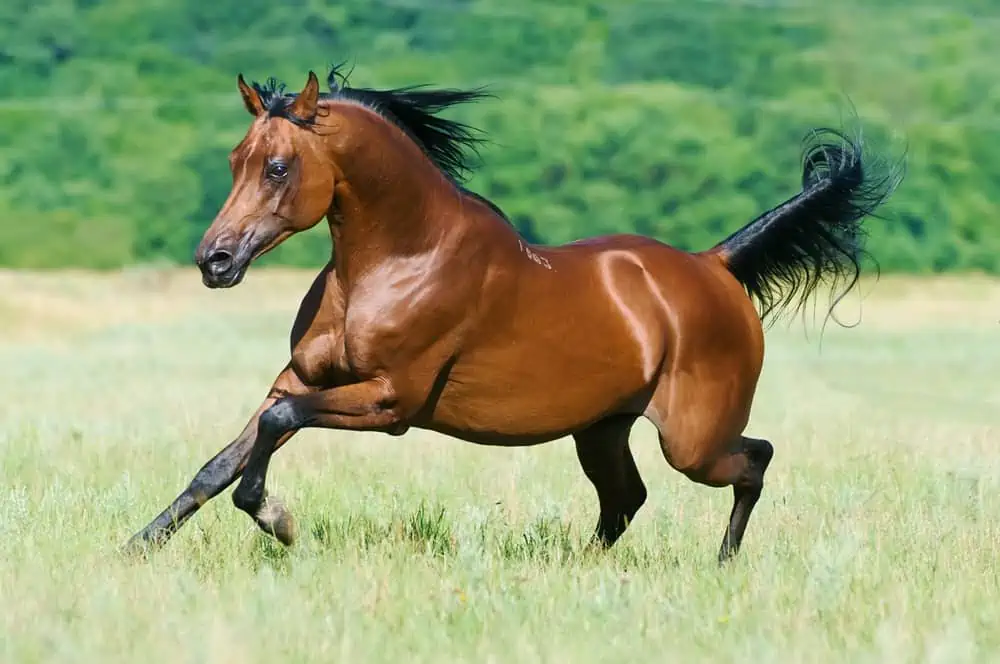
Grooming and Coat Care
Roan coats require regular grooming to maintain their shine and color balance. Dirt and sweat can alter how the coat looks, especially on light-colored roans.
Health Concerns Related to Color Genetics?
Unlike some color genes (like frame overo), the roan gene isn’t linked to health issues. However, always test for genetic disorders before breeding.
Myths and Misconceptions
Roan vs Sabino vs Rabicano: What’s the Difference?
Many horses labeled as “roan” are actually:
- Sabino: White markings that include roaning along the edges.
- Rabicano: White hairs mostly along the flanks and base of tail.
True roans have even distribution over the whole body. Don’t be fooled!
Mislabeling in Horse Sales
Some sellers use the term “roan” to increase value. Always ask for:
- Genetic tests
- Clear photos
- Pedigree records
The Future of Roan Arabians
Will We See More Roan Arabians in the Future?
With growing interest in colorful horses, part-Arabians with roan coloring are gaining popularity. Breeders may intentionally introduce roan genes for market appeal.
Breeding Programs and Public Demand
Expect more experimental breeding and broader color acceptance. However, purists will continue to advocate for breed standards and historical integrity.
Conclusion
Roan Arabian horses are breathtaking—there’s no doubt about that. But with beauty comes complexity. Whether you’re drawn to the rare red roan Arabian or simply fascinated by the genetic puzzle, one thing is clear: these horses are unforgettable.
Just remember—when you’re looking at a roan Arabian, you’re not just seeing color… you’re witnessing a story of genetics, tradition, and evolution in motion.
FAQs
Are Roan Arabian horses purebred?
No, true roan coloring is not found in purebred Arabians. Most roan Arabians are part-Arabians with mixed heritage.
How rare is a red roan Arabian horse?
Extremely rare. Most are part-Arabians, and the red roan color itself is already uncommon across all breeds.
Can Arabian horses carry the roan gene?
Pure Arabians do not carry the roan gene. Roan coloring in Arabians usually indicates crossbreeding.
What’s the difference between red roan and strawberry roan?
Red roan has a chestnut base with white hairs evenly throughout. Strawberry roan is a term sometimes used interchangeably but may refer to lighter, patchier patterns.
Where can I buy a roan Arabian horse?
Look for part-Arabian breeders who work with Quarter Horse or Mustang lines. Always request full genetic and pedigree information before purchase.

